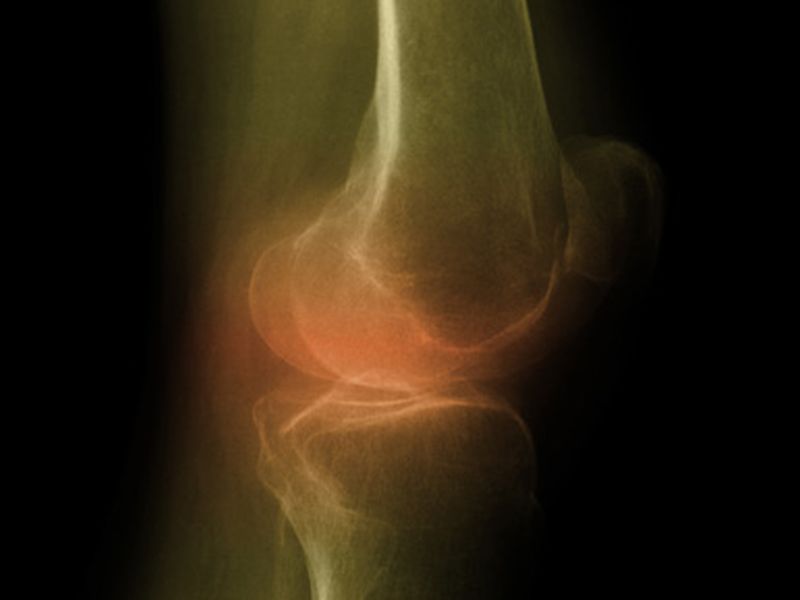THURSDAY, Dec. 13, 2018 (HealthDay News) — Eligibility criteria for lower-extremity arthroplasty may result in reduced odds of eligibility among minorities, according to a study published in the December issue of Clinical Orthopaedics and Related Research.
Abigail Y. Wang, from the Johns Hopkins University School of Medicine in Baltimore, and colleagues pooled data from 21,294 adults aged ≥50 years from the 1999 to 2014 National Health and Nutrition Examination Survey. The authors assessed the odds of lower-extremity arthroplasty eligibility for body mass index (BMI) <35 kg/m², BMI <40 kg/m², hemoglobin A1c (HbA1c) <8 percent, and current nonsmoker status.
The researchers found that the BMI <35 kg/m² criterion led to lower arthroplasty eligibility for for non-Hispanic blacks versus non-Hispanic whites, women versus men, individuals of lower versus higher socioeconomic status, and those with a high school degree or less versus those with a degree beyond high school (odds ratios, 0.62, 0.61, 0.81, and 0.66, respectively). Lower arthroplasty eligibility was seen for non-Hispanic blacks and Hispanics versus non-Hispanic whites, individuals of lower versus higher socioeconomic status, and those with a high school degree or less versus those with a degree beyond high school for the HbA1c <8 percent criterion (odds ratios, 0.44, 0.41, 0.73, and 0.58, respectively).
“Many doctors don’t realize that they are discriminating against minority groups and those of lower socioeconomic status by performing selective surgeries based on inflexible cutoffs,” a coauthor said in a statement.
Copyright © 2018 HealthDay. All rights reserved.



